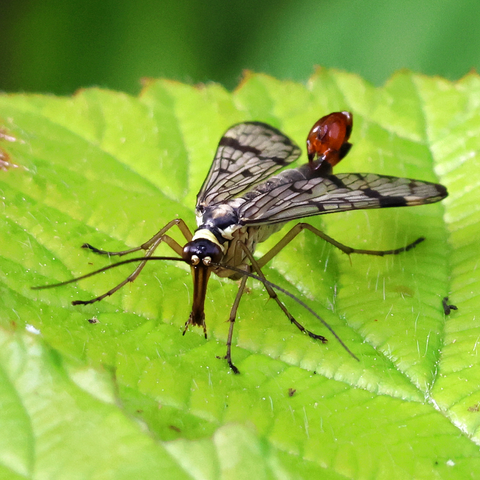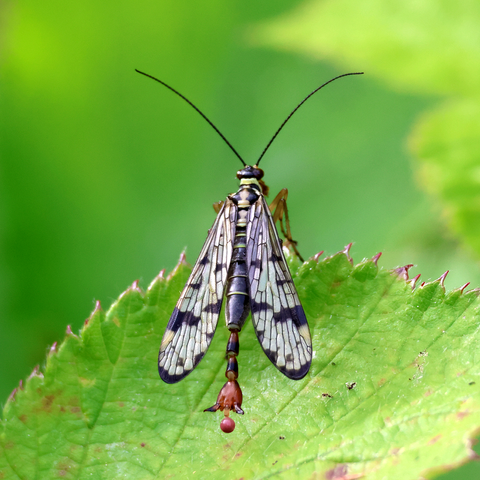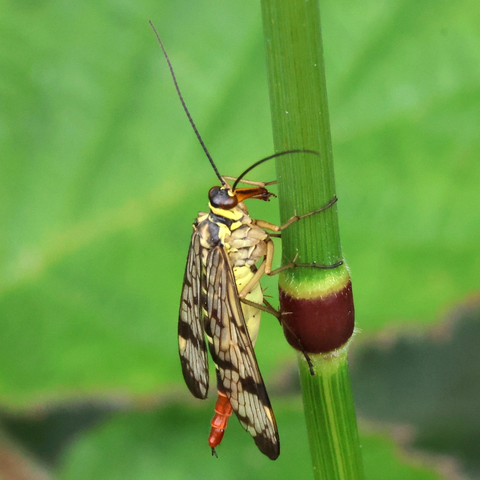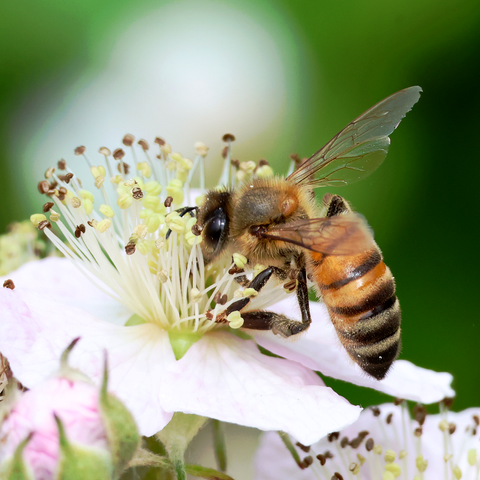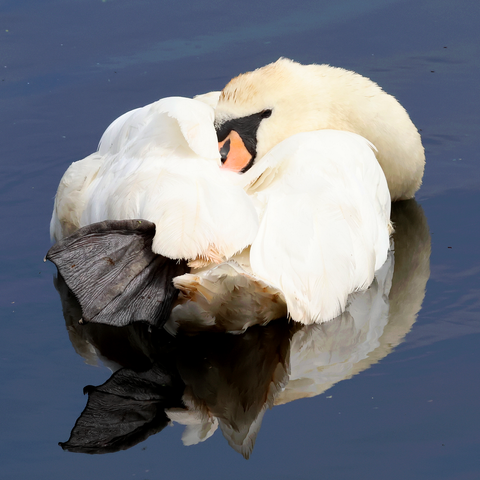The blueberry thief is slow but cunning...
#snails #snailsunday #minibeasts #gardens
#minibeasts
A #Scorpionfly is a scary-looking #insect, thanks to that long, mandible-bearing 'beak' or rostrum—and of course the male's tail, which inspired the name given to these creatures. The 'stinger' is in fact a genital capsule or bulb, bearing two 'pincers' (gonostyli); it's used for mating, and for defaecation (pic 3). Females (pic 4) lack this bulb. Feeding mostly on other #insects, usually dead ones, these #minibeasts are harmless to us Humans.
Busy #Bee, snoozing #Swan. From #minibeasts to big #birds, and from super-busy to super-sleepy, the #wildlife of Brandon Marsh near Coventry gave me lots to focus my camera on today. How was your day - did you work tirelessly or put your feet up and take it easy?
#bees #insects #bird #birds #vogels #Nature #NaturePhotography #Natur #NaturFotografie #WildlifePhotography
My wife's books for kids 3 to 5 and 6 to 9/ 10 are available to buy via Waterstones
https://www.waterstones.com/book/aggi-and-the-mystic-boots/rachel-cladingbowl/harriet-jones/9781838290603
#microbiology #biology #protists #kidslit #books #xmas23 #fedigiftshop #dinosaurs #story #scicom #science #microbes #minibeasts
Please retoot!
I made a new friend today. Can anyone help identify it? 🙏
#Invertebrates #minibeasts #caterpillar #Nature #Butterflies
Male and female #tardigrades are essentially indistinguishable, so how do they tell the sexes apart? Well, it turns out that female tardigrades can smell both sexes, hanging out with both, but males ignore other males and are only attracted to the scents of females
#olfaction #neuroethology #biology #minibeasts #zoology #science
https://journals.biologists.com/jeb/article/226/18/jeb246664/329431
Hey my fellow tooters! 👋👋
So, you might be thinking of buying some #evolution or #animal themed #ChildrenBooks for various kids in your life for #Christmas - may I humbly suggest some of my recent #KidsBooks... #dinosaurs, #minibeasts, #insects, #mammals, #horses, #dogs, #cats... I've got ya covered! 😊
👉 http://www.nickcrumpton.com/books.html


